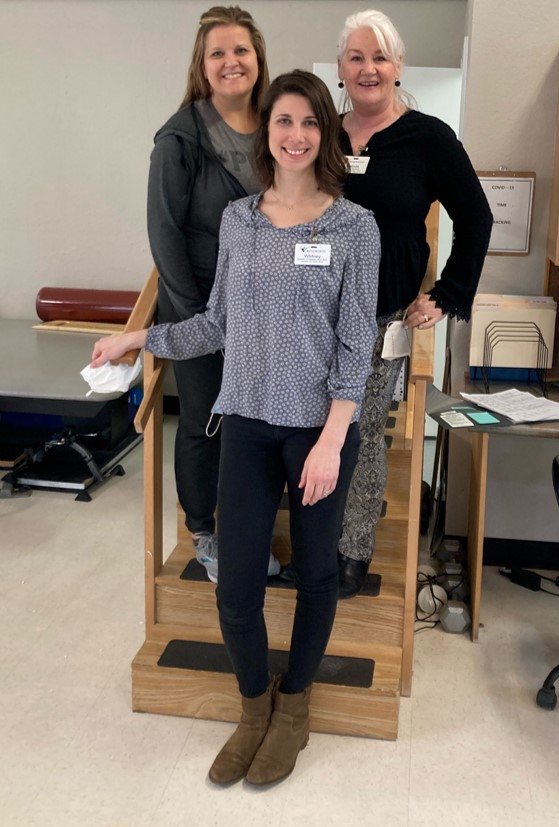By Whitney Wilding, DOR Rosewood Rehabilitation, Reno, NV
We have started a Falls Team at Rosewood that includes two of my PTs and I meeting monthly to discuss issues and trends. We do our meeting following the monthly QA meeting and look at trend data as well as personal experience from those on the floor regarding issues, patterns, etc. I feel it has been very successful at this point! Here are a few of the things we have put together:
We started a screen form specific to falls as we felt the UDA in PCC did not gather the information we really needed to intervene properly after a fall. This screener is filled out by a therapist and includes time-of-day information, fall predictor information such as patient’s history of falls, and qualitative information such as fear of falling to complete our analysis. This also includes what Nursing interventions are currently in place and any referrals to Therapy following the incident. I have attached a copy of that for your perusal. After implementing this form, we began to take note of some patterns that were happening with falls that we could address. After implementing some additional safety measures to address the patterns we noted, our falls declined 18% month over month.
Next, Melinda — who is one of my all star PTs — put together a list of falls predictors that increase someone’s likelihood for falls. These include dementia/cognitive impairment, polypharmacy, DM/neuropathy, incontinence, prior falls, assist with ADLs, ambulation with an assistive device, and fear of falls per self-report. Next, we rolled this out to the entire Therapy team, who are including it and a rating score (i.e., 3/8) on their initial evaluations. This allowed us to prospectively look at those who are at risk for falls prior to the incident for our skilled patients. The idea is to see how we can support them by adding interventions aimed at decreasing fall risk within our treatments to prevent falls. We have just started rolling this part out, but l am very excited about the prospect of having this focus on our initial evaluations for all disciplines. Eventually, all disciplines will be included in a monthly falls meeting, and we are getting them thinking about this now.
We noted that quite a few falls were happening due to the patient’s need to toilet. The PTs again jumped on board and decided to start a day shift toileting program whereby we scheduled time daily for the skilled patients who had the above-mentioned risk factors. One therapist would have those patients scheduled for regular therapy and then follow-up during the second half of their day to work on functional mobility and transfers in a toileting program. They were successfully able to incorporate functional training with toileting to reduce fall risk. . The two weeks we were able to run the program so far evidenced no falls on shift (and high patient satisfaction 😊). Our next step is to include all PTs and OTs on a rotating basis to perform toileting rounds on day shift and see how this impacts our falls. Lastly, this ties in nicely with PIVOT for Nursing and strengthens our Therapy and Nursing partnership.

